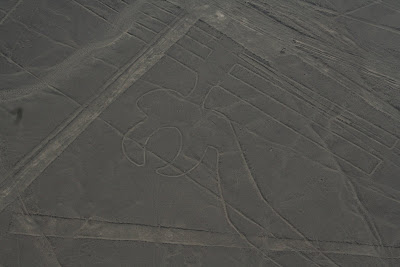North of Arequipa, high in the Andes lies the Colca Canyon. No one can quite decide how deep this gorge is, but it now reckonned to be the second deepest in the world, deeper than the Grand Canyon, and only just deeper than a similar canyon just north of Colca.
As the strikes in Peru spilled over day after day the only way to get up to this remote area was to take a bus at 1.30am in order to bypass the blockades via bumpy tracks in the dead of night. I headed up here for 3 days to explore this beautiful area.
I slept well on the bus, but others did not, telling me at one point the condensation on the window froze as we passed over 4500m. After breakfast in Cabanaconde, we set off to the gorge. Climbing down the 1100m to the river below, I kept thinking Snowdon would fit into this deep gorge. There are a couple of small villages down on in the canyon, the villagers must either walk or take mules and donkeys to get out and receive supplies. The going down was easy, the going up the next day was a little harder.
The villagers offer simply accomodation and this is where I slept. Being so remote the stars, and in particular the milky way, were quite a sight in the dark of night. Before climbing back out I had the chance to swim in a beautiful warm mineral pool, surrounded by palms and flowering bushes, which attracted many hummingbirds.
The climb out was hard as it was pretty much straight up. Many opted for mules, maybe I should have too but I didn´t want to cheat. It took three very thirsty hours to get back to the rim.
In the village a six day fiesta was going on. There were bands, dancing, and some highly dodgy fireworks. Great to see and experience.
The following day I bussed along the canyon rim to the Cruz Del Condor, where I watched these mighty birds ride the thermals in the canyon. Then it was the bus back to Arequipa. The strikes had been lifted to allow negotiations to take place which was a mighty relief as it would have meant walking around the blockades for a hour to reach the city centre.
Colca Canyon was a beautiful place.






















































